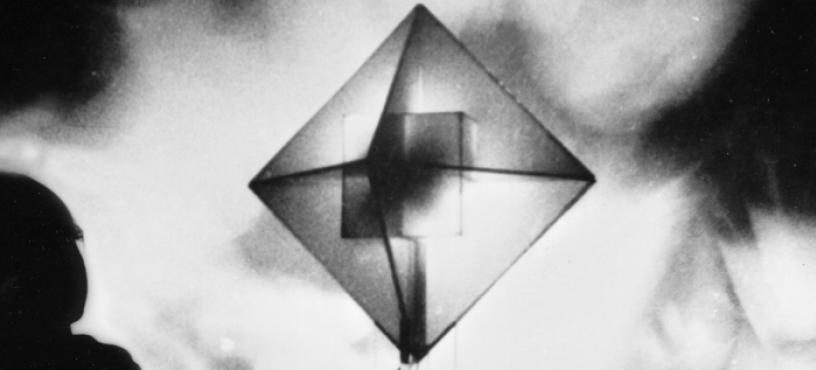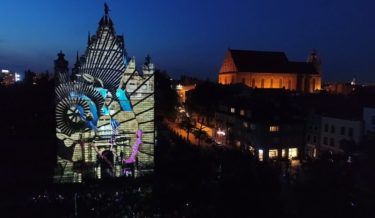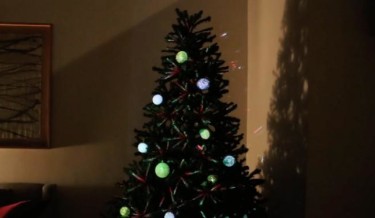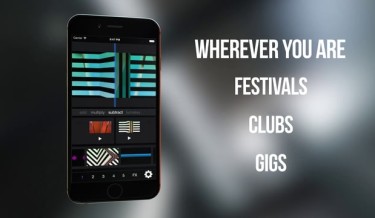Related post
Cosmic Flow – 3d projection mapping on Bella Skyway Festival 2017
Oct 06, 2017
|
Comments Off on Cosmic Flow – 3d projection mapping on Bella Skyway Festival 2017
2028
This projection-mapped Christmas tree is the Tannenbaum
Jan 04, 2016
|
Comments Off on This projection-mapped Christmas tree is the Tannenbaum
2554
go:vj for iPhone®, live video mixing right from your phone.
Oct 19, 2015
|
Comments Off on go:vj for iPhone®, live video mixing right from your phone.
3798






